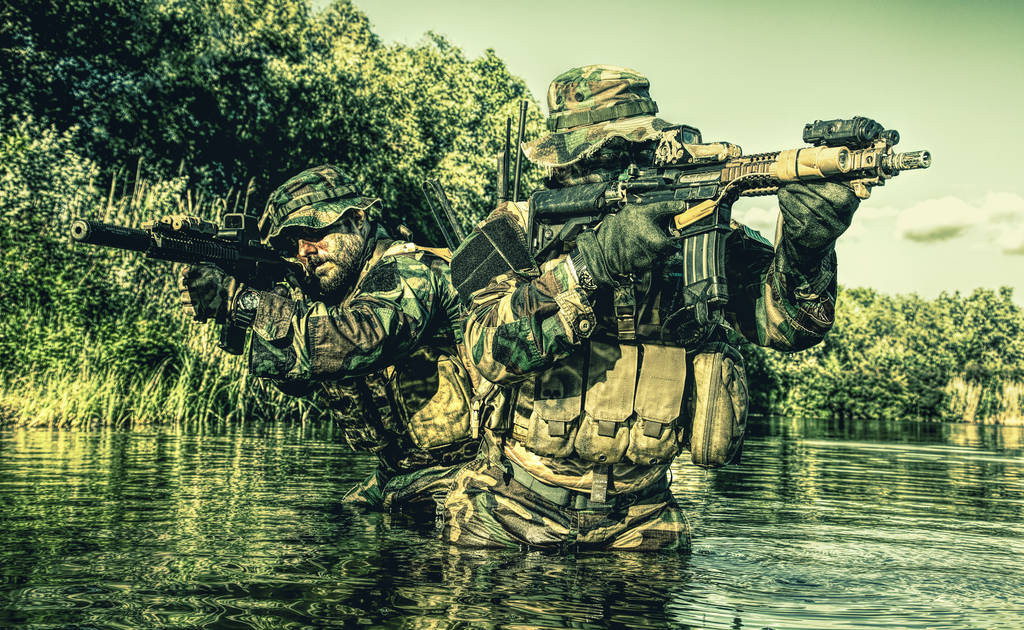The inclusion of women and individuals from diverse backgrounds into military units traditionally reserved for men represents a significant shift in the structure and culture of armed forces. This change has sparked extensive debate, with advocates highlighting the potential for enhanced operational effectiveness through the diversity of thought, skills, and perspectives that mixed-gender units can offer. Proponents argue that inclusive military units foster greater innovation, teamwork, and resilience, ultimately contributing to a more robust and adaptable force capable of facing modern threats. Furthermore, such inclusion aligns with broader societal values of equality and fairness, challenging outdated norms and promoting a military environment that reflects the diversity of the nation it serves.
However, the integration of women and other historically excluded groups into these units also presents challenges that cannot be overlooked. Skeptics often point to potential disruptions in unit cohesion, arguing that the presence of women might alter the dynamics of closely-knit combat teams, potentially impacting their effectiveness in high-stress situations. Concerns about physical standards, privacy, and the need for new policies to address gender-specific issues also contribute to
the complexity of this transition. Balancing the ideals of inclusion with the practical demands of military readiness requires a nuanced approach, one that carefully considers both the potential benefits and the inherent challenges of such a profound cultural shift.
Positive Incidents
- Successful Integration and Performance:
- Marine Corps Female Engagement Teams (FETs): Women in these teams have successfully engaged with local populations in Afghanistan, providing valuable intelligence and fostering relationships that male soldiers might not have been able to achieve. Their unique ability to interact with women in conservative societies has been a significant asset.
- Leadership and Competence: Women like Captain Kristen Griest and Lieutenant Shaye Haver, who were among the first to graduate from the Army Ranger School, have demonstrated exceptional leadership and physical capabilities, earning respect from their peers.
- Enhanced Unit Cohesion and Effectiveness:
- Diverse Skill Sets: Units with women have benefited from diverse skill sets and perspectives, leading to improved problem-solving and decision-making. Studies have shown that mixed-gender teams can be more innovative and effective in complex situations.
Negative Incidents
- Physical Standards and Performance:
- Concerns About Physical Demands: Some studies and reports have highlighted that women, on average, may face more challenges meeting the physical demands of certain combat roles. For example, a 2015 Marine Corps study found that all-male units outperformed mixed-gender units in several combat tasks.
- Unit Cohesion and Harassment Issues:
- Incidents of Harassment: There have been cases of gender and sexual harassment, which can undermine unit cohesion and morale. For instance, the 2013 scandal at Lackland Air Force Base, where several instructors were convicted of sexually assaulting female trainees, highlighted the challenges of integrating women into male-dominated environments.
- Resistance and Skepticism: Some male soldiers have expressed resistance to the inclusion of women, fearing it might affect unit cohesion and operational effectiveness. This resistance can create a challenging environment for women trying to prove their capabilities.
Summary
The integration of women into combat roles has shown both positive and negative
impacts:
- Positive: Women have proven their capabilities, brought diverse perspectives, and enhanced unit effectiveness in many cases.
- Negative: Physical standards and harassment issues remain concerns, and there is still resistance from some male soldiers.
Overall, while there are challenges, the ongoing efforts to address these issues and promote a more inclusive and respectful military culture are crucial for the successful integration of women in combat roles. The inclusion of women into combat roles marks a transformative chapter in the evolution of military forces worldwide. As women continue to integrate into these traditionally male-dominated environments, their contributions have already begun to reshape the operational landscape. Successes can be seen in the diverse skill sets, perspectives, and leadership styles that women bring to the table, enhancing decision-making processes and fostering a more holistic approach to problem-solving on the battlefield. Female soldiers have demonstrated remarkable resilience, competence, and bravery in combat, challenging long-standing stereotypes and proving that they are not only capable but also essential to modern military operations.
However, the path to full and effective inclusion is not without its obstacles. One of the primary challenges lies in addressing cultural resistance within the ranks, where deeply ingrained biases and misconceptions about gender roles persist. To truly realize the potential of mixed-gender units, it is crucial to cultivate an environment of mutual respect and trust, where all soldiers are evaluated based on their abilities and contributions rather than their gender. This requires ongoing efforts in education, training, and policy reform to ensure that the integration process is smooth and that all service members feel supported and valued.
Looking to the future, the success of women in combat roles will depend on the military’s ability to adapt and evolve. This includes refining physical and psychological training programs to ensure that all soldiers, regardless of gender, are prepared for the unique demands of combat. It also means continuing to address issues such as gender-specific health concerns, privacy in the field, and the prevention of sexual harassment and assault. As these challenges are overcome, the military will not only benefit from the diverse talents of its female members but will also emerge stronger and more cohesive as a force. The future of inclusion in combat roles is bright, but it requires a commitment to overcoming obstacles and fostering an environment where every soldier can thrive and contribute to the mission.

